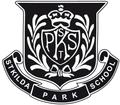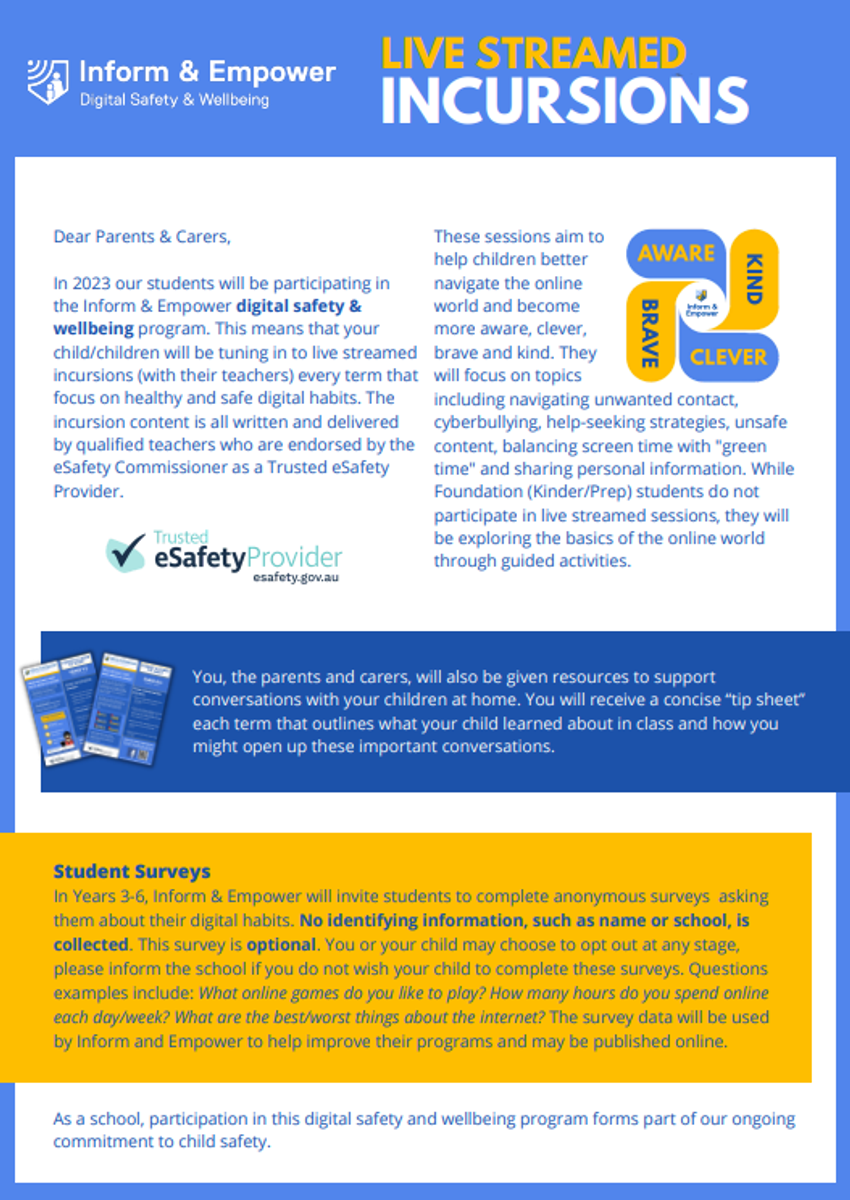Wellbeing Update

Head lice
One of the less pleasant parts of Primary School life is the regular and ongoing issue of head lice. We understand how frustrating and upsetting it can be to have to regularly treat your child. As a result, we have a whole-school approach that we ask families to support to try and stay on top of this problem.
About head lice
Pediculosis or 'head lice' are small, wingless insects that live, breed and feed on the human scalp. Direct contact is required for transmission from person to person, where head lice crawl from head to head. Head lice do not transmit infectious diseases and are common in school-aged children and are the most adaptable of creatures. They have survived living solely on humans for 10,000 years!
Head lice do not live or breed on furniture, carpets, clothes or soft toys and cannot be spread through sharing items of clothing, for example, hats or from sharing furniture.
What to do if your child has head lice
We ask you to regularly check your family members' hair for lice. If you spot that your child has live lice or eggs living in their hair then you must;
- treat your child's hair and ensure they do not return to school until the day after appropriate treatment has started. Please note, this refers only to those children who have live head lice and does not refer to head lice eggs. More information about exclusion requirements can be found at https://www.health.vic.gov.au/infectious-diseases/school-exclusion-table
- inform the school office by phone or email and advise when the treatment has started
- inform parents or carers of your child’s friends so they too have the opportunity to detect and treat their children if necessary.
Better Health Channel: Head lice – contains facts about head lice and outlines treatment options, prevention strategies and where to go to get help
What does the school do?
When we receive notification of a case of headlice from a family, our approach is to send a notice to all families within that level via Compass on the same day.
This asks them to check their own children for lice and, if necessary, to also immediately treat and keep them at home until the day after treatment has started. This is perhaps the most important step in ensuring that isolated cases don't become an ongoing, rolling outbreak.
We also work with our teachers to try and minimise head-to-head contact during head lice outbreaks.
Visual head lice checks in schools
Upon enrolment at SKiPPS, most families have provided consent to allow us to examine their child for head lice.
If we have a concern that a child may have head lice, we will conduct an inspection at school and inform the family immediately if lice are found.
Your responsibilities as a parent or carer
Parents and carers have the primary responsibility for the detection and treatment of head lice.
Responsibilities include:
- not sending their children to school with untreated head lice
- using safe treatment practices which do not place their child's health at risk
- regularly checking for lice or eggs in the hair of their child and other household members
- notifying the school if their child is affected and when treatment commenced.
- ensure your child has their hair tied back at school (if it reaches their shoulders)
Digital Safety and Wellbeing
As part of the schools ongoing commitment to supporting students in a digital word, all students in Years 1- 6 have tuned in to the erm 2 live streamed incursions focused on digital safety and wellbeing.
Earlier this week, a tip sheet for parents/ carers was sent home with your child, to further discuss the content covered in these sessions.

